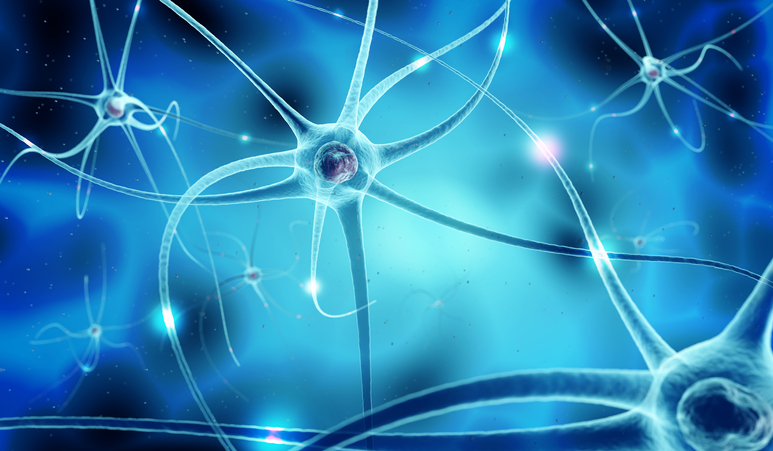Pain
The Specificity Theory of Pain

The specificity theory of pain was developed by Max Von Frey in 1895. The premise of the theory is that the brain has a completely separate area and system for perceiving pain, as it does for vision and hearing. Frey theorized that pain is transmitted from independent nerve endings in the skin. Pain signals then travel along dedicated pathways to a specific part of the brain called the "pain center.” The brain processes the information in the pain center which creates the sensation of pain.
The specificity theory is no longer widely accepted. It has been discredited by the study of phantom limb pain. People who have undergone the amputation of a limb may still report pain or other sensations that come from the missing limb (phantom limb pain). The specificity theory of pain is not supported in the case of phantom limb pain, as there is no longer any tissue from which the individual should be receiving pain signals. Therefore, no pain would be experienced.
Another problematic issue with the theory is the use of hypnosis as anesthesia. Under hypnosis, the surgical process, and the resulting significant tissue damage, can occur without any pain being experienced.


















